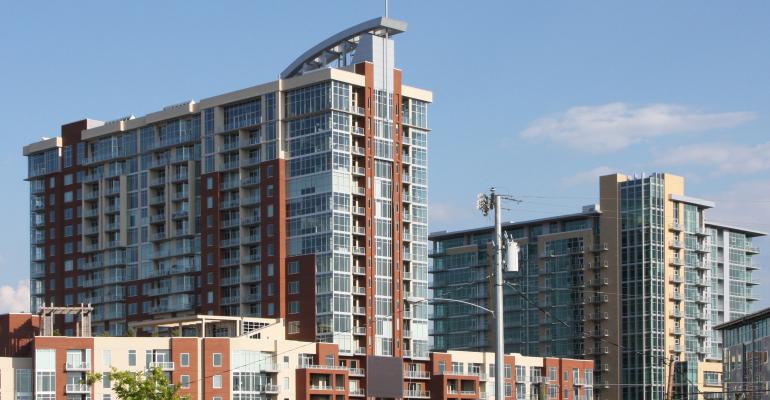Sponsored by ACRES Capital
By Mark Fogel
In looking toward the second half of 2019, in a decade that has seen relative stability in the commercial real estate sector, something becomes apparent as one walks the streets of Miami: there is an abundance of condominiums, but seemingly not many in the beginning stages of ground-up construction. In key American real estate markets and gateway cities, we are seeing a similar aesthetic. Is this due to an excessive proliferation of this property type? Is demand in the condo market diminishing? Are developers and lenders beginning to interpret the current climate as a peak in values and rife with risky investments?
The answer is certainly more complex than any one of these singular interpretations. In 2006 and 2007, leading into the Great Recession, we witnessed a similar, albeit heightened, scenario. Real estate values were overblown, and lenders were doling out loans to anybody and everybody until capital flow lessened and it became apparent that inventory was bloated. While many borrowers did not heed the warning signs of an imminently bursting bubble, lenders also contributed to plunging America into the most significant economic downturn since the Great Depression of the 1920s.
It is unlikely that the U.S. will suffer the same scenario it did over a decade ago anytime soon. However, the lack of debt on for-sale condos may be telling as we look ahead to the next phase in the market cycle. Some are concerned that since funds have backed away from for-sale condos, lending into a condo based on a per-square-foot price might result in diminished equity cushions if the market were to drop. To preserve potential rental fallback value, lenders, developers and brokers now must be highly selective in the transactions they choose to facilitate.
Multifamily condo buildings have become a ubiquitous solution to quench the thirst of consumers looking to invest their capital in their home without purchasing a standalone house. It’s not just gateway cities like Los Angeles, San Francisco, Miami and New York that are seeing overbuilt condo markets, either. Places like Nashville, Denver and Seattle have seen their inventory far surpass consumer demand. In a real estate market that may trend downward in the near future, this can be problematic.
In a downturn scenario, the most crucial criteria to consider for best analyzing these investments boils down to supply and demand. The success of the project relies on a keen understanding of condo supply (local demographics), the rental market and occupancy levels. Additionally, it is important to contemplate a correction in the market and to work with a highly experienced sponsor. As we work within a market that is not as robust as it was five to 10 years ago, these factors become even more critical, as seasoned professional will be able to adapt the business plan and bring a higher likelihood of completion to the project.
While the imminent future is of course uncertain, the current lack of debt flowing into for-sale condos could be a sign that the industry climate is shifting. As construction lending diminishes and units are sold, reducing the fresh supply of inventory, the best solution will be to increase deal selectivity while allowing the market to circle back and regain strength as it renews.
 Mark Fogel is the CEO and president of ACRES Capital.
Mark Fogel is the CEO and president of ACRES Capital.
Learn more at www.acrescap.com.





